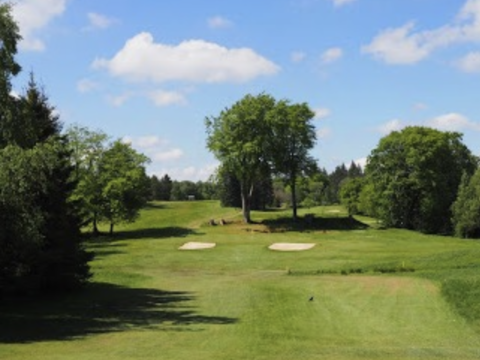How to enhance the golf course environment
We know that golf courses are good for our wellbeing, as well as offer social and environmental benefits. But how can we improve course environments for the benefit of customers – and the planet?
Bland golfing landscapes with lollipop trees and limited biodiversity are unlikely to be valued as highly on social and environmental scales.
But in a post-Covid era where superintendents may well be working with reduced budgets and smaller teams, how can courses do more to enhance environments with less?
The opportunity may lie in focusing maintenance on the in-play areas – tees, fairways and greens – while taking a more naturalistic approach to out-of-play areas.
That’s the view of Olympic golf course architect, Gil Hanse, who firmly believes golf courses can be beneficial for the environment.
While Hanse’s work focuses primarily on the construction of new courses, he likens courses to ancient tapestries, focused on tightknit turfgrass playing areas at the center, but then fraying at the edges where the course blends into natural surrounds.
“We've seen it first hand; golf courses can be beneficial for the environment,” says Hanse.
Hanse talks about the importance of preserving soil structures and using indigenous plants.
“We want to make sure golf courses belong in their own environment and habitat and by doing so we’ll absolutely create habitat for wildlife to flourish in those surrounding areas.”


